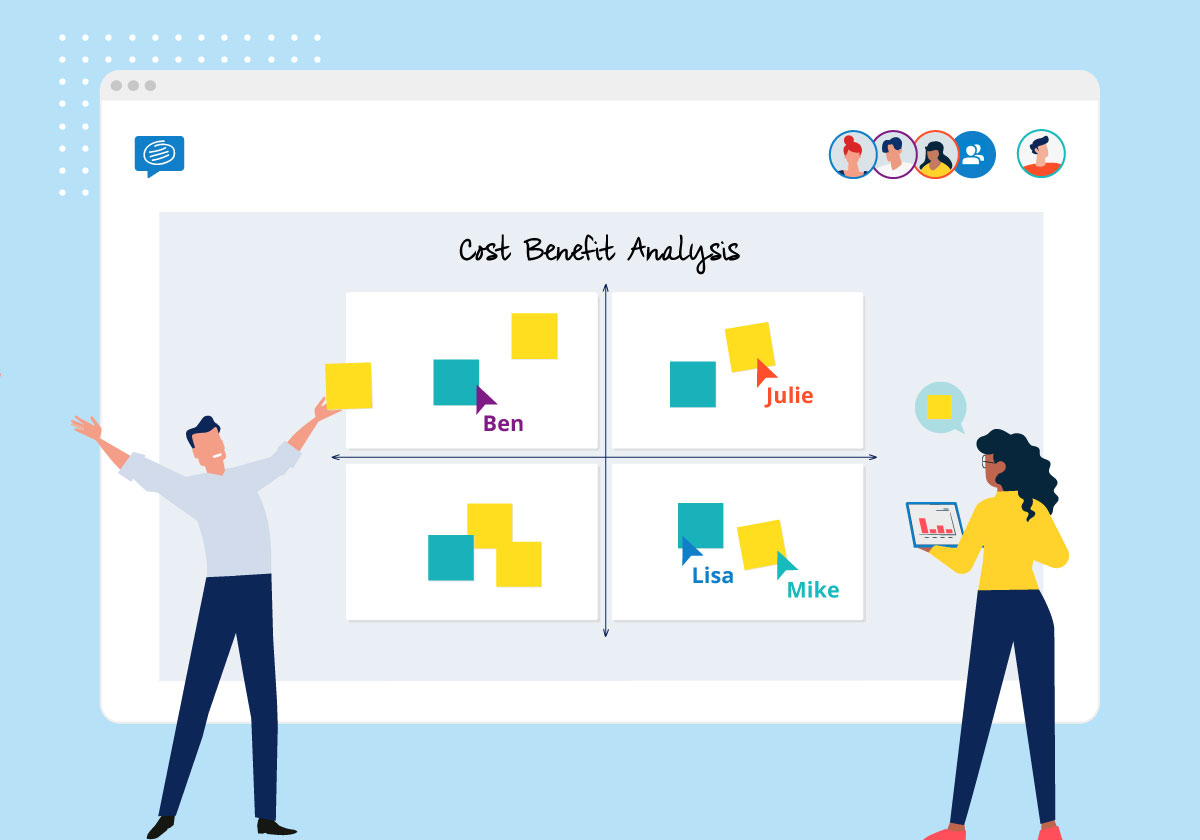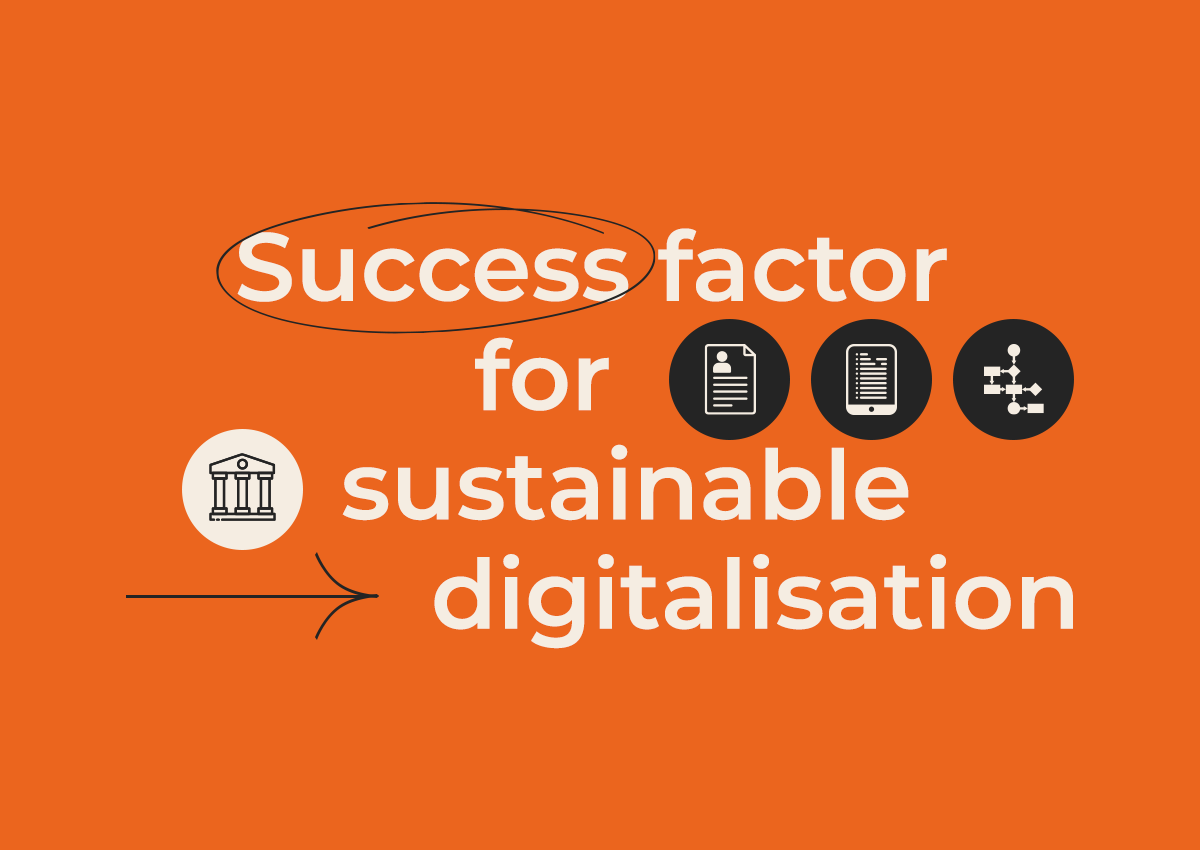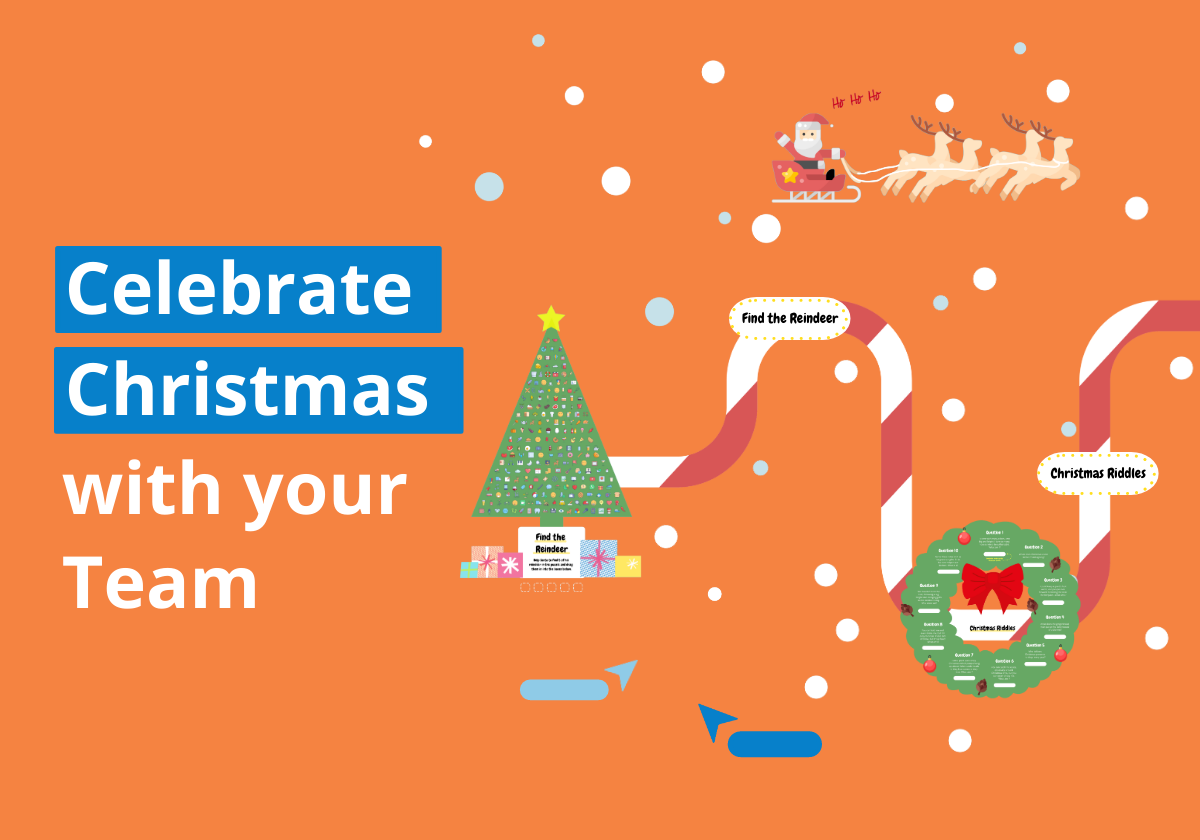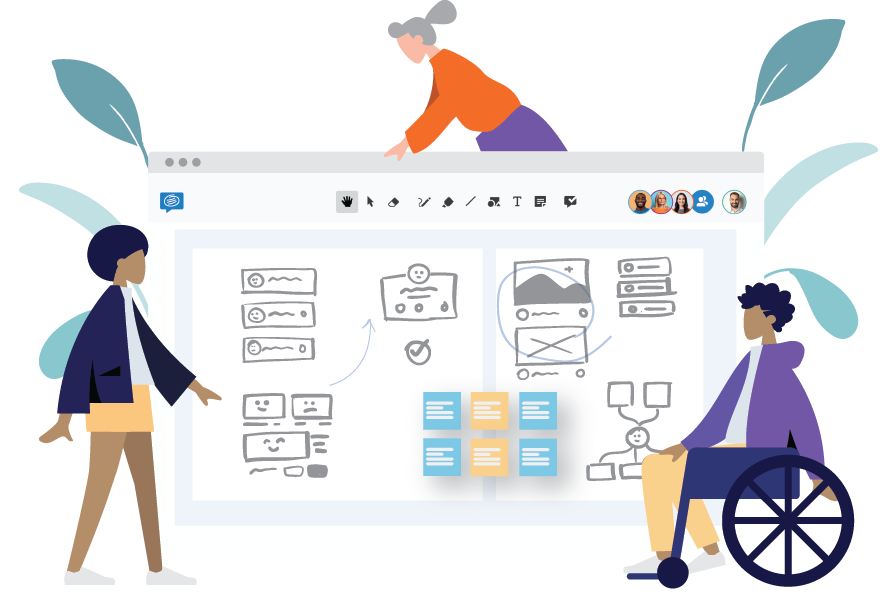It’s important to weigh up the risks and rewards before making any business decision. Everything comes at the cost of something else, so it’s important to look at the big picture before taking any major steps.
A cost benefit analysis is a widely used systematic approach to decision making and time management. Think of it as a business version of the classic ‘pros & cons’ list. Not only will a cost benefit analysis help you make a well-informed decision, it will also help you understand where to focus your resources, costs and time before commencing a project.
We’ve created a simple, visual, cost benefit analysis template that will help you clearly see where you can find some quick and easy wins with big rewards.
When should you use a cost benefit analysis?
A cost benefit analysis can be applied to any type of business project, big or small. For example:
- When deciding whether to hire more staff
- Considering launching a new product
- Determining the feasibility of purchasing a new piece of equipment
Bringing the team together to collaborate on the process is a great way to approach the problem with a variety of perspectives. You can use our simple template as the backbone for your cost benefit analysis.
The template is designed to enable you to visually categorize tasks based on effort vs reward, so those that are high effort but low reward can be separated from those that require low effort but deliver big rewards.
How to conduct a cost benefit analysis
With Conceptboard’s free template, we’ve made it easy for you to visualize your own Cost Benefit Analysis. Simply open the template to get started immediately.
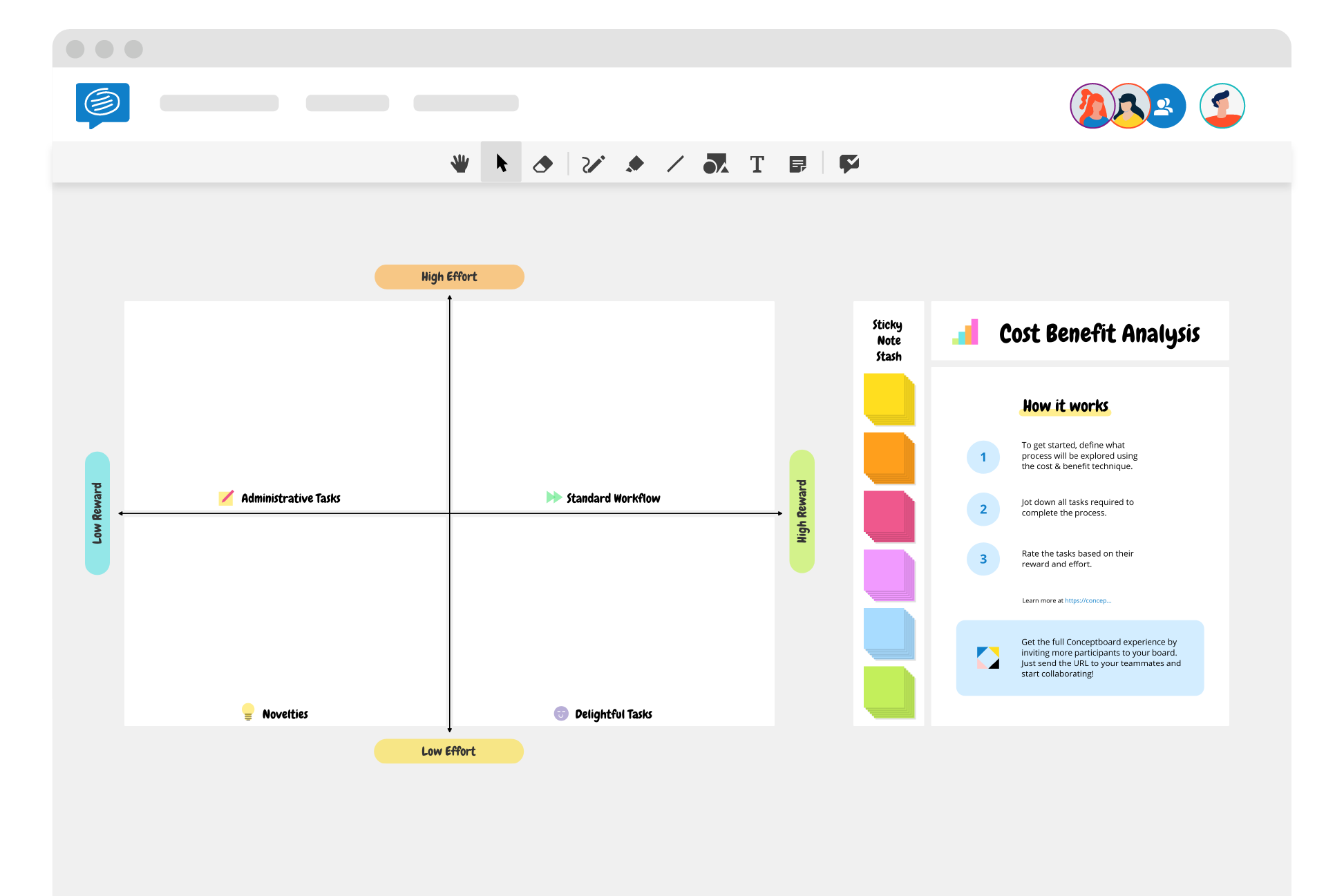
1. Invite team members to contribute to the analysis by sending them a link to the board.
2. Begin by brainstorming all the tasks or items within a project that need to get done. Note them down on sticky notes and place them around the board. These may include things such as hiring staff, buying equipment, undertaking training, improving the website, conducting research and development or purchasing additional licences. It’s important to consider these tasks over the lifetime of the project, not just the initial set up effort.
3. Now it’s time to think about each of these tasks and weigh up the effort vs the potential reward. If a task has low reward, but takes a lot of effort, it should be placed under ‘Administrative Tasks’. If something requires little to no investment of time or money, but can produce good financial or reputational returns, then it should be moved into the ‘Delightful tasks’ corner. It’s important to consider the rewards on multiple levels such as increased productivity, employee morale, sales, security, environmental protection or brand reputation. Using a Pestel analysis here might also come in handy.
4. Once you’ve placed each task in it’s relevant section, you can begin to plan your project roadmap. If you have too many projects in the top half of the table, then you may find the project moves quickly. While too many in the bottom half may mean the project will not be very impactful. The cost benefit analysis should give you a better understanding of where you should focus your time and effort, and where you can get some cheap, easy wins.
Of course, there is always a degree of uncertainty as you’re working with a lot of assumptions, but conducting a cost benefit analysis gives you the chance to understand the effort vs rewards of a project, before getting started.
The cost benefit analysis template is just one of many free templates in our library. Check out some of our other popular resources such as the Brand Equity Pyramid, Customer Empathy Map the Product Market Fit canvas or our priority matrix.

